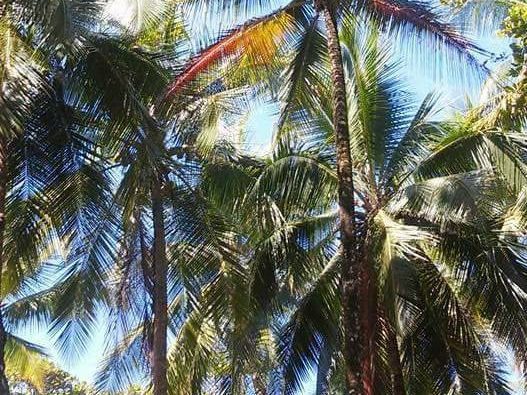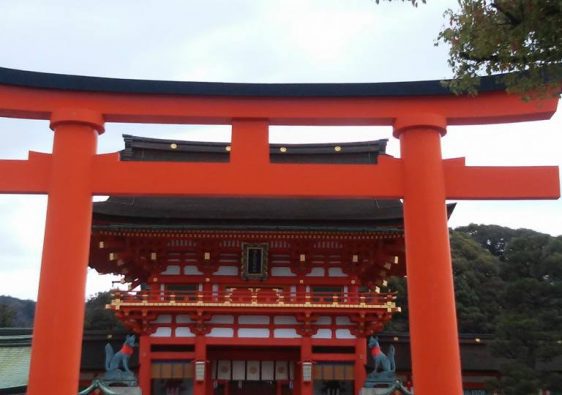Canada Country Guide
As an Amazon Associate I earn from qualifying purchases. This Canada Country Guide contains affiliate links , meaning if you click on a highlighted link or button and make a purchase, I will get a small commission. You can learn more in my affiliate disclaimer. Thanks so much for your support!
Page menu:
Overview – When to visit – Things to do – General costs – Insider tips – Resources
There are so many words to describe Canada that it’s hard to choose just a few for this short paragraph. It’s a huge country with stunning beauty, diverse landscape, incredible seasons, kind people, beautiful wildlife, activities of all kinds and breathtaking scenery. I hope this simple Canada country guide will spark your excitement and get your Canada travel planning started.

Overview:
Language: English & French
Money: Canadian Dollar (CAD)
Conversion rate: 1USD=1.34CAD (As of Jan 2023)
Tipping: Although it’s not required, it is customary to tip 15-20% when paying for meals or drinks.
Outlets: 120V If you are traveling from the US, you don’t need an adapter or converter.
People: Canadians are known for their kindness and they are almost always willnig to help with local advice.
Safety: Canada is generally a very safe country. Like all big cities, use commen sense and stick to well lit, main areas.
Water: Tap water in Canada is safe to drink. In some areas it is some of the freshest water in the world.
Emergency #: 911

Seasons:
Because of its proximity to the Arcitic Ocean, the Northern parts of Canada follow different weather patterns. Hint: it’s pretty much always cold. Like -13 to 32 degrees F (-25 to zero C.) kind of cold. The rest of the country though, experiences four beautiful seasons similar to those of North America.
Winter= November, December, January, February. This is a gorgeous time to visit mountainous regions & hit the slopes. But pack accordingly & be prepared for icy temps and cold winds.
Spring= March, April, May. Spring weather is similar to Autumn, with sun, rain and wind all appearing in the same day.
Summer= June, July, August. The West side gets the most “summer weather”, but don’t expect too many intensely hot days.
Autumn= September, October, November. A beautiful time for a ‘fall colors’ road trip. But be ready to experience “all four seasons in one day”. It’s not unusual to see rain, sun and bitter wind within a few hours.
My recommended time to visit: Although the shoulder between Autumn & Winter is perfect for snow related activities, many roads are closed. The shoulder between Summer & Autumn brings great weather, open roads and less tourists. This is my favorite time to explore Canada!

Things to do:
Visit a National Park. Natural beauty is a big part of the draw to Canada. From The Rockies, to plains to huge wooded forests, there is so much to be explored in these National Parks!


Road trip. This is such a massive country and it all deserves to be seen. Driving is the best way to take it all in, including more remote roads and less touristy towns.
See a big city. There are a few to choose from and all are unique. Even the cultural differeces from Vancouver to Quebec are interesting to discover.


Befriend a local. Canadians have a reputation for being kind, and it holds true. Spark up a convo with a local & I’m sure they would be happy to give you tips. You might even end up with a lifelong friend!
General Costs:

Budget
Food: Groceries are the most cost effective, and food stands are affordable.
Accommodation: Camping is $10-$20 per night. Hostels & budget hotels run about $25-$100 per night.
Transportation: Subway, local busses & short distance trains cost only a few dollars per ride.
Activities: National park entrance fees start at just a few dollars & hiking/sight seeing is free!

Mid Range
Food: Road-side restos, smaller restaurants & pubs offer plates starting at $15.
Accommodation: Airbnb & mid range hotels cost around $100-$200
Transportation: Long haul busses start around $60. Renting a car is $30-$70 per day & allows flexibility.
Activities: Skytrams cost about $60 per ticket, and are worth the price. A day ski pass & lift ticket is around $150USD ($200CAD).

High End
Food: Fine dining costs range from $25CAD a plate to $100+.
Accommodation: High end chain hotels & specialty or remote stays start around $250+
Transportation: Cross country flights start at $150 and trains are similar cost.
Activities: Heli tours, cruises, and adreniline spikers (like skydiving) start in the hundreds-of-dollars range.

Insider tips:
1 $1 and $2 dollar notes are coins (not bills) and locals, lovingly, refer to them as “loony” ($1) and “toony” ($2).
2 If you see a roadside stop in (what seems to be) the middle of nowhere, stop in. Its a good place to grab some coffee, a hot meal, souvenir or have a good chat with the shopkeeper.
3 Try Poutine. It’s a unique Canadian side dish, it goes well with a beer and well, when in Rome…The Great White North.











